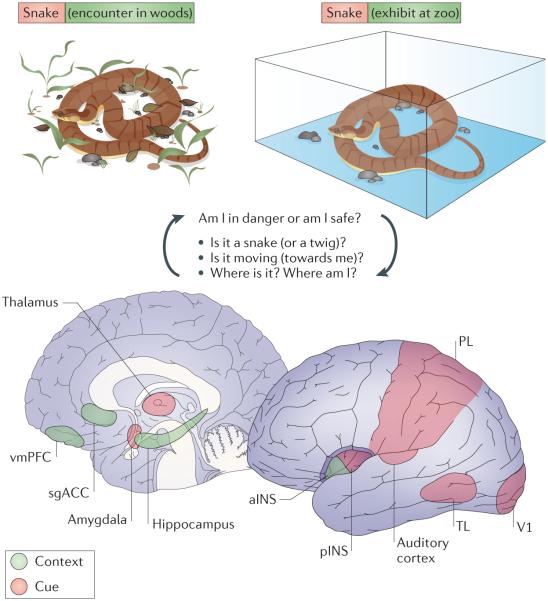Figure 3. Brain circuits involved in cue and context processing in the human brain.
The brain has separate, parallel systems for processing cues (pink) and processing contexts (green), and the context-processing system is essential for understanding the meaning of cues in a particular context. For example, a poisonous snake has a different meaning when it is encountered in the wild (where it could signal ‘danger’) than when it is seen behind glass in a zoo (where it could mean ‘interesting’). The cue-processing system includes the thalamus, amygdala, sensory cortices (the primary visual cortex (V1) and auditory cortex), posterior insula (pINS) and association areas (in the parietal lobe (PL) and temporal lobe (TL)), whereas as context processing systems involve the ventromedial prefrontal cortex (vmPFC), hippocampus, anterior insula (aINS) and subgenual anterior cingulate cortex (sgACC). There is extensive interaction between these systems insofar as contexts influence the processing of cues and the conjunctions of cues, and contexts are likely to be represented in connections between these networks.

